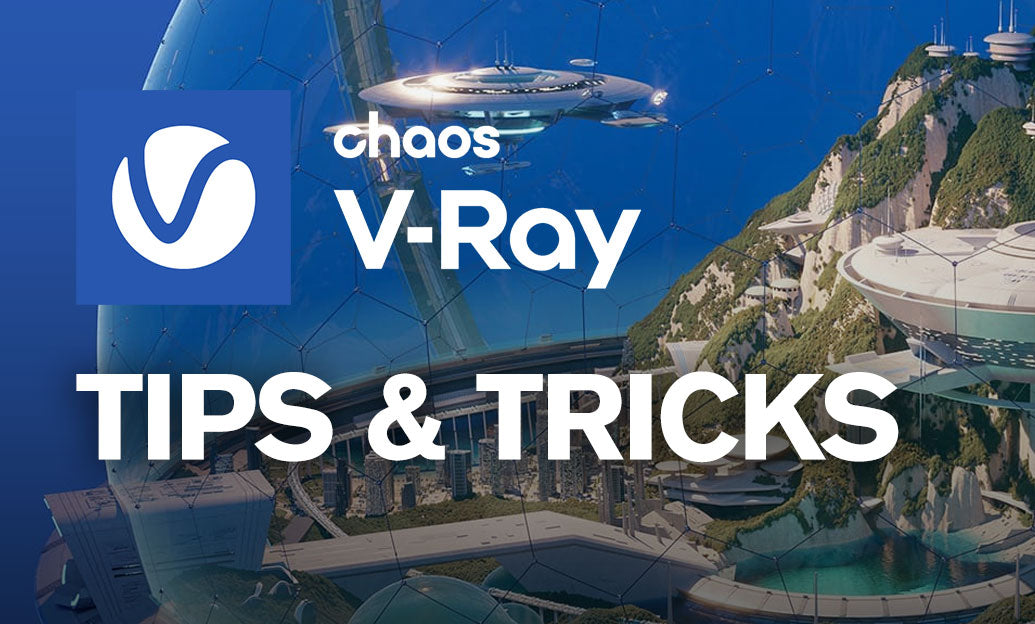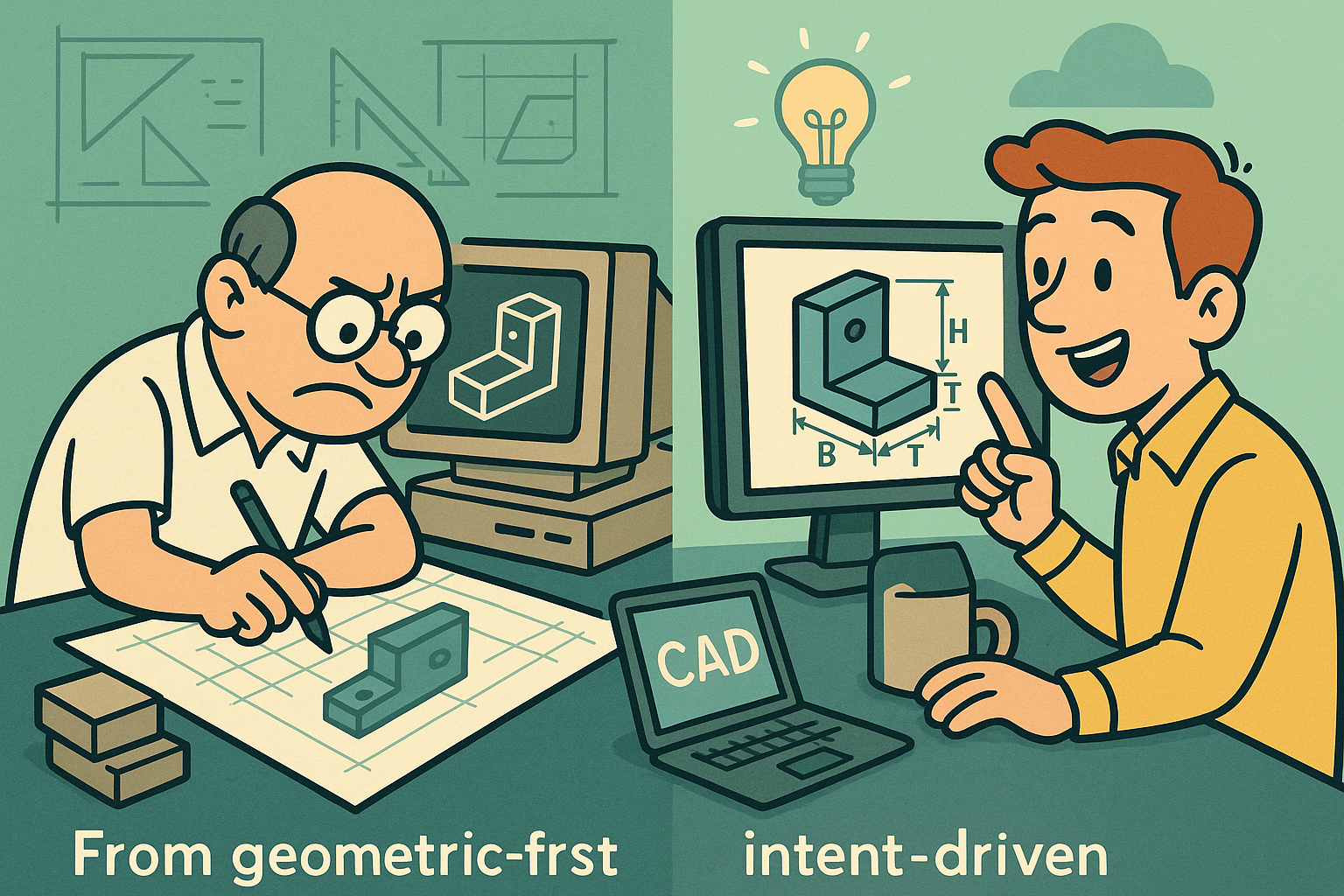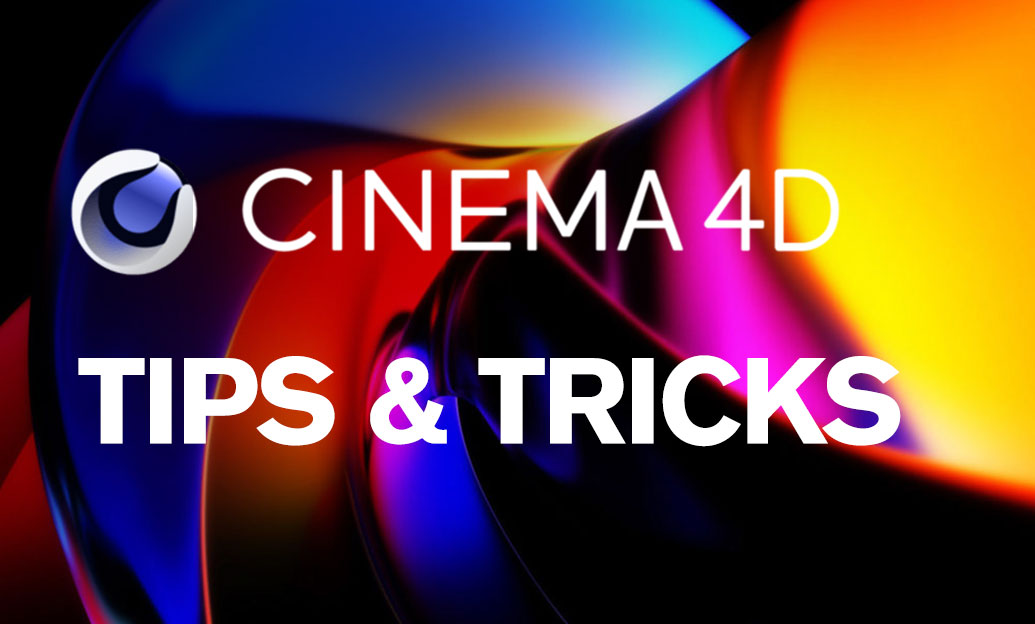Your Cart is Empty
Fast V-Ray GPU renders come from two levers: fewer samples and simpler shading. Here’s how to tune “Max subdivs” and related GPU-friendly settings without sacrificing final quality.
- Start with the Progressive Image Sampler (GPU)
- Noise threshold: 0.02–0.03 for lookdev; 0.005–0.01 for finals.
- Max subdivs (cap): 12–16 for previews; 20–24 for most final frames. Lower caps shorten long-tail sampling and keep iterations brisk.
- Min shading rate: 4–6 default is balanced. Lower to 2–3 to prioritize AA and speed; raise to 8–12 only if GI/glossy noise dominates.
- Prefer unified sampling over local subdivs
- Keep “Use local subdivs” disabled so per-light/material subdivs don’t fight the adaptive sampler (on GPU, they’re largely ignored).
- Let noise threshold and max subdivs drive quality; this yields more predictable render times.
- Trim shader cost
- Reduce layered/coated stacks where possible; each lobe (base, coat, sheen) adds bounces.
- Use VRayMtl with GGX and realistic IOR; avoid over-cranking glossiness or anisotropy unless the shot demands it.
- Set material Cutoff: 0.001–0.005 to stop tracing negligible reflection/refraction contributions.
- Limit reflection/refraction max depth: 2–4 is often enough for interiors/products (raise only when you can demonstrate a visible benefit).
- Stabilize highlights to allow fewer samples
- Enable Max Ray Intensity (e.g., 10–20) to tame fireflies, letting you use lower max subdivs without speckle.
- Use environment MIS and the Adaptive Dome Light for HDRI-driven scenes to cut noise from the start.
- Lean on the Denoiser
- Enable VFB Denoiser (NVIDIA OptiX on RTX, or Intel OIDN on CPU) with a mild strength.
- Target a bit more “acceptable” noise (higher noise threshold, lower max subdivs), then denoise to reclaim detail-time balance.
- Texture and memory wins (GPU-critical)
- Use VRayBitmap with on-demand mip-mapping; keep textures to power-of-two resolutions where feasible.
- Avoid deep procedural chains; bake complex procedurals to bitmaps for GPU cache efficiency.
- Lighting choices that sample cleaner
- Use Adaptive Lights for scenes with many emitters; prefer IES/Mesh Lights with realistic sizes over tiny point sources.
- For interiors, pair the Adaptive Dome Light with portal-less mode unless you have a specific need for portals on your GPU build.
- Hardware and pipeline notes
- Enable RTX acceleration if supported; it reduces the sample count needed to converge.
- Use a render time limit for rapid lookdev loops; raise caps only when approved.
- Monitor the VFB Stats and VRayRenderStats to spot noise bottlenecks before cranking samples.
In practice: drop Max subdivs to a sensible cap, keep noise threshold realistic, simplify shaders, and denoise. You’ll iterate faster and reserve higher samples only for frames that truly need them.
Need V-Ray licensing, upgrades, or expert guidance? Explore NOVEDGE, or reach out to your NOVEDGE account specialist for tailored recommendations.






